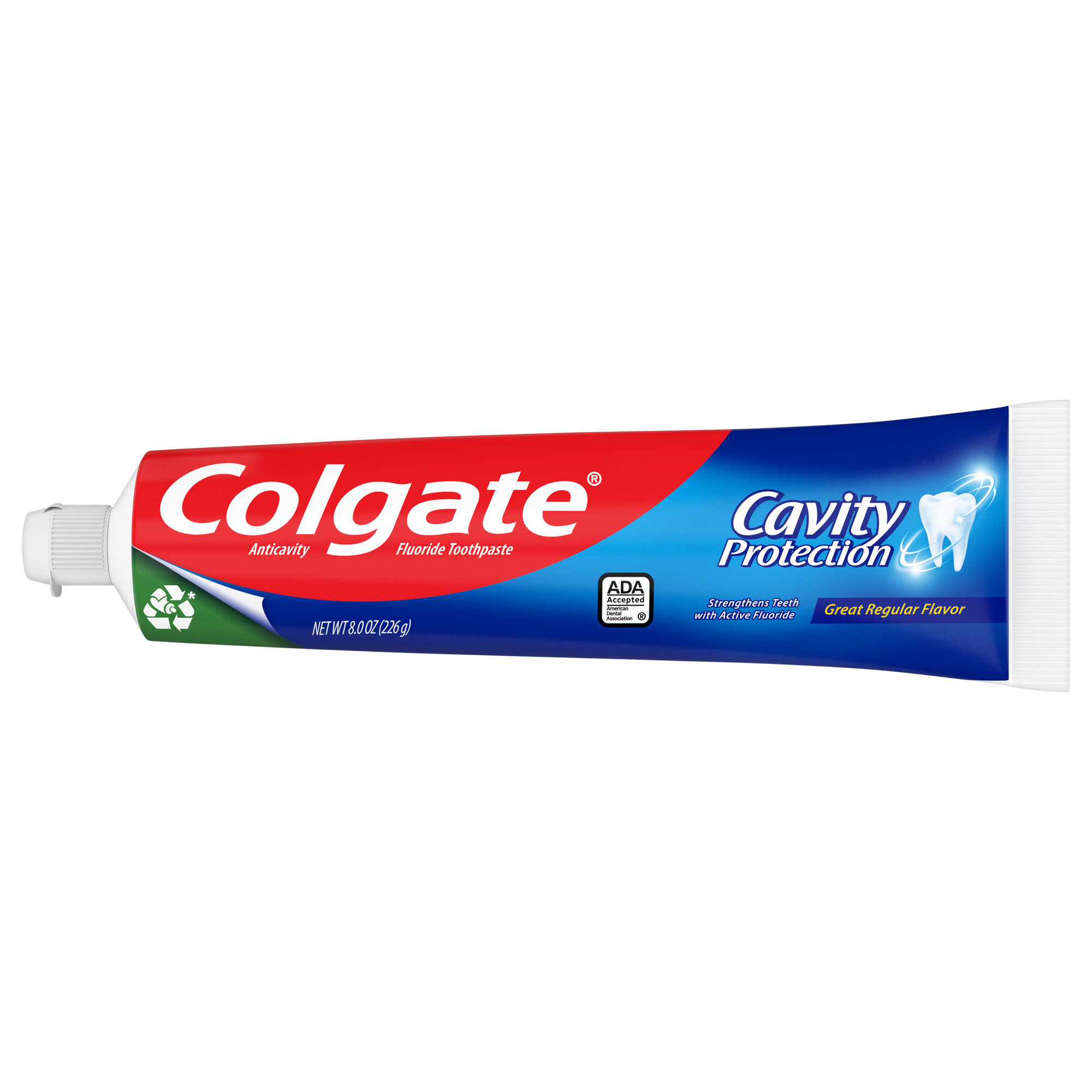What is fluoride?
Fluoride is a naturally-occurring mineral that helps rebuild tooth enamel and reverse early signs of tooth decay. Your body takes in fluoride in two ways: systemically and topically. Systemic fluorides are swallowed, including fluoridated water (most tap water) and dietary fluoride supplements. Topical fluoride is applied directly to the teeth via toothpaste, mouth rinses and treatments at the dentist's office.
Benefits of fluoride treatments
An article published by NPR noted that fluoride helps repair weakened tooth enamel by replenishing lost calcium and phosphate — minerals naturally present in saliva. These minerals also make your teeth more resistant to future decay.
Fluoride treatments applied by a dentist are especially good for people with a higher risk for tooth decay or erosion. If you have dry mouth, weak enamel, poor oral health or if you have crowns, ask your dentist if applying a fluoride varnish would help protect your teeth.
Fluoride treatments for kids
According to Stanford Children's Health, children can begin getting fluoride treatments at the dentist once their first tooth appears. However, be aware that children under two years old should still use a fluoride-free toothpaste. If too much fluoride is ingested as a young child, before the adult teeth have erupted, it can lead to dental fluorosis.
Don't worry; the fluoride varnish applied by the dentist is safe to help prevent tooth decay in children. They only use a small amount of fluoride, and hardly any fluoride gets swallowed.
What are fluoride treatments like?
Professional fluoride treatments usually only take a few minutes. The fluoride might come in the form of a gel, foam or varnish. It can be applied with a swab or brush or placed in a tray held in the mouth for a few minutes.
After the treatment is applied, don't eat or drink for at least 30 minutes to allow your teeth to absorb the fluoride and help repair microscopic areas of decay.
Depending on your oral health, your dentist might recommend fluoride treatments every 6–12 months. If you're at a higher risk of developing tooth decay, your dentist might also recommend other preventive measures, such as over-the-counter or prescription fluoride mouth rinses or gels, or an antibacterial mouth rinse.
Ask your dentist about the benefits of fluoride treatments, and keep up your daily dental hygiene regimen. They're both excellent ways to help maintain your strong, healthy smile.
Oral Care Center articles are reviewed by an oral health medical professional. This information is for educational purposes only. This content is not intended to be a substitute for professional medical advice, diagnosis or treatment. Always seek the advice of your dentist, physician or other qualified healthcare provider.
ORAL HEALTH QUIZ
What's behind your smile?
Take our Oral Health assessment to get the most from your oral care routine
ORAL HEALTH QUIZ
What's behind your smile?
Take our Oral Health assessment to get the most from your oral care routine














